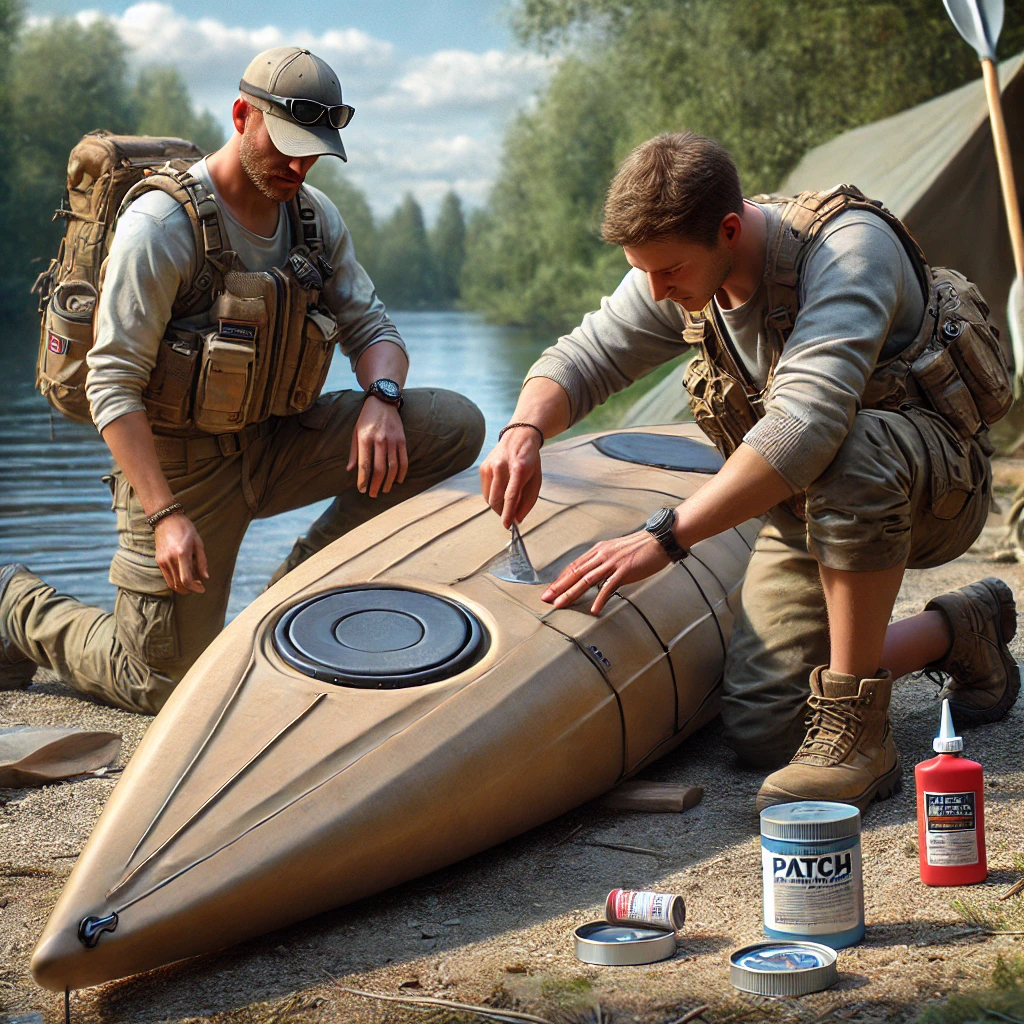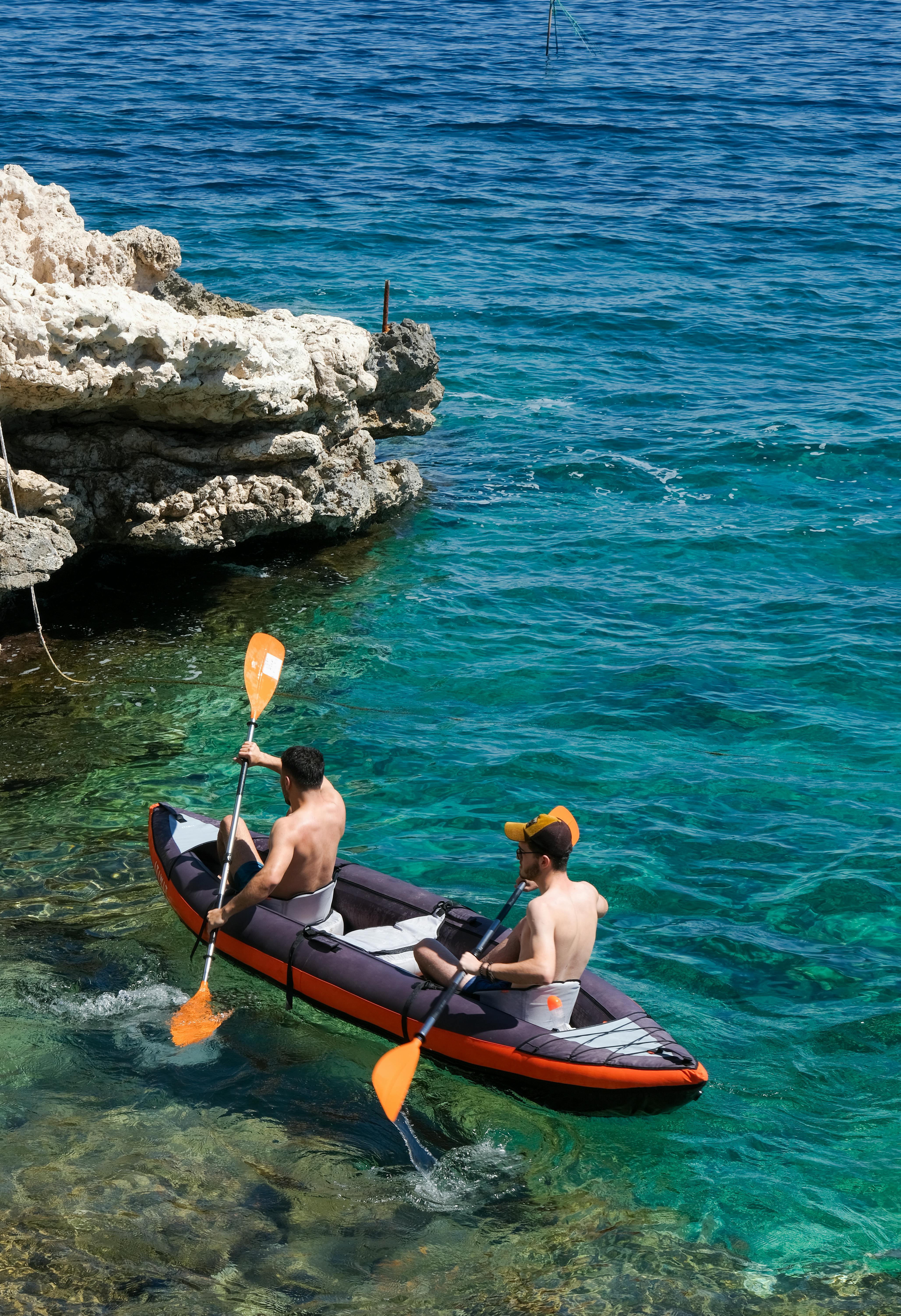Ever wondered about the best ways for kayak repair? Trust me, it’s easier than you think! Whether it’s a pesky crack or a puncture, with the right techniques and a bit of patience, you can fix your kayak bottom like a pro. Let’s dive into the world of kayak maintenance and discover how to tackle common issues effectively.
First off, why bother with kayak repair? Well, keeping your kayak in tip-top shape ensures your adventures on the water are safe and enjoyable. Plus, it saves you the cost and hassle of buying a new one. So, grab your tools and let’s get started!
Here are some key takeaways to keep in mind:
- Identify the damage: Know whether it’s a crack, puncture, or abrasion.
- Gather materials: Have a kayak repair kit handy.
- Follow proper techniques: Use the correct methods for different types of damage.
- Test the repair: Always check your work before hitting the water.

Comprehensive Kayak Repair Guide: Fixing Your Kayak Bottom
Before diving into the nitty-gritty of kayak repair, it’s crucial to understand the basics. The first step is identifying the type of damage. Is it a crack, a hole, or just some superficial scratches? Knowing this will guide you on the appropriate repair method and materials.
Identifying the Damage
To start, thoroughly inspect your kayak. Pay close attention to the bottom, sides, and areas around the seams. If you spot any cracks, punctures, or abrasions, mark them for repair. It’s like playing detective, but instead of solving a crime, you’re ensuring your kayak’s longevity.
Here is a table summarizing common kayak damages and their repair methods:
| Damage Type | Repair Method | Materials Needed |
|---|---|---|
| Cracks | Welding or patching | Heat gun, plastic welding rods, repair patch |
| Punctures | Patching | Repair patch, adhesive |
| Abrasions | Sanding and sealing | Sandpaper, marine sealant |
Once you’ve identified the damage, it’s time to gather your kayak repair kit. This should include items like a heat gun, plastic welding rods, patches, adhesives, and sandpaper. Got everything? Great! Let’s move on to the actual repair process.
How to Fix Cracks and Holes in Your Kayak
Fixing cracks and holes can seem daunting, but with the right approach, it’s manageable. Here’s a step-by-step guide to help you through the process.
Repairing Cracks
Start by cleaning the area around the crack. Use soap and water to remove any dirt or debris. Next, heat the edges of the crack with a heat gun until they become pliable. Be careful not to overheat and damage the surrounding area. Then, use plastic welding rods to fill the crack, smoothing it out with the heat gun.
For a visual guide, check out this helpful Plastic Kayak Repair video.
Repairing Holes
Repairing holes is similar to fixing cracks but requires a patch. Start by cleaning the area around the hole. Cut a piece of repair patch slightly larger than the hole. Apply a strong adhesive to the patch and press it over the hole, ensuring there are no air bubbles. Allow the adhesive to cure as per the manufacturer’s instructions.
Here’s a useful video on how to rebuild the keel and repair holes: How-To: Keel Rebuild – Repair Holes Caused By Dragging Your Kayak.
Advanced Kayak Repair Techniques for Serious Damage
Sometimes, the damage is more extensive, requiring advanced techniques. Let’s explore some methods for serious kayak damage repair.
Kayak Structural Repair
If your kayak has suffered structural damage, such as a compromised hull, you’ll need to reinforce it. Start by assessing the extent of the damage. If it’s significant, consider using fiberglass or carbon fiber patches to reinforce the area. Apply the patch with a marine-grade epoxy, and let it cure thoroughly.
Reinforcing Weak Spots
Prevent future damage by reinforcing weak spots. Identify areas that are prone to wear and tear, such as the keel or the bottom. Apply an extra layer of plastic or fiberglass to these areas to strengthen them. This proactive approach can save you from future kayak repair headaches.
For more detailed advice, you can visit this Help wanted: Polyethylene Kayak Repair – Advice thread on Paddling.com.

Tips for Effective Kayak Maintenance and Troubleshooting
Regular kayak maintenance is key to preventing damage and prolonging your kayak’s life. Here are some handy tips to keep your kayak in great condition.
Regular Inspections
Make it a habit to inspect your kayak before and after each use. Look for any signs of wear and tear, especially around the hull and seams. Catching minor issues early on can prevent them from becoming major problems.
Cleaning and Storage
After each trip, clean your kayak with fresh water to remove salt, dirt, and debris. Store it in a cool, dry place away from direct sunlight. Prolonged exposure to UV rays can weaken the material and lead to cracks and fading.
Using a Kayak Cover
Invest in a good-quality kayak cover to protect it from the elements. A cover can shield your kayak from UV rays, rain, and dust, keeping it in pristine condition.
DIY Kayak Repair: When to Call in the Pros
While DIY kayak repair can be rewarding, sometimes it’s best to leave it to the professionals. Here’s how to decide when to DIY and when to seek expert help.
Assessing the Damage
Minor scratches and small cracks can usually be handled at home with a basic kayak repair kit. However, if the damage is extensive or involves critical structural elements, it’s wise to consult a professional.
Finding Professional Kayak Repair Services
When looking for professional kayak repair services, choose a reputable provider with experience in handling your kayak’s material. Ask for recommendations from fellow kayakers or check online reviews to find a trusted service.

Source: Pexels.com
For a quick and effective DIY repair, watch this video on repairing cracks and holes in HDPE kayaks: How To: Easy 10 Minute Sundolphin Kayak HDPE crack and hole repair.
Comprehensive Table of Kayak Repair Solutions
To make your kayak repair journey smoother, here’s a comprehensive table of common damages, repair methods, and estimated costs.
| Damage Type | Repair Method | Materials Needed | Estimated Cost |
|---|---|---|---|
| Small Cracks | Plastic welding | Heat gun, welding rods | $20 – $50 |
| Large Holes | Patching | Repair patch, adhesive | $30 – $70 |
| Structural Damage | Fiberglass reinforcement | Fiberglass patch, epoxy | $50 – $100 |
| Abrasions | Sanding and sealing | Sandpaper, marine sealant | $10 – $30 |
Repairing your kayak might seem like a daunting task, but with the right tools and knowledge, it’s entirely manageable. Remember, the key to successful kayak repair lies in regular maintenance, prompt attention to damages, and knowing when to seek professional help. Happy kayaking!
Frequently Asked Questions
Q: How to fix a punctured inflatable kayak?
A: To fix a punctured inflatable kayak, start by locating the puncture. Clean the area around the puncture with soapy water and let it dry. Apply a repair patch from your kayak repair kit over the puncture using the adhesive provided. Press firmly and allow it to cure for the recommended time.
Q: Can inflatable kayaks be repaired?
A: Yes, inflatable kayaks can be repaired. Most inflatable kayaks come with a repair kit that includes patches and adhesive. For larger or more complex repairs, it might be best to consult a professional.
Q: What glue to repair inflatable kayak?
A: The best glue to repair an inflatable kayak is a marine-grade adhesive specifically designed for PVC or hypalon materials. These adhesives provide a strong, waterproof bond that ensures durability.
Q: How to fix a kayak puncture?
A: To fix a kayak puncture, clean the area around the puncture, apply a repair patch with a strong adhesive, and allow it to cure. For a detailed guide, refer to our section on repairing holes.
Q: How often should I inspect my kayak for damages?
A: It’s recommended to inspect your kayak before and after each use. Regular inspections help catch minor issues early, preventing them from becoming major problems.
Q: What’s the best way to store a kayak?
A: Store your kayak in a cool, dry place away from direct sunlight. Using a kayak cover can also protect it from UV rays, rain, and dust.

